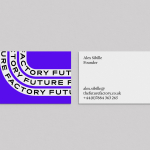Thomas Demand: The Complete Papers
Opinion by Marthe Lisson Posted 22 November 2022
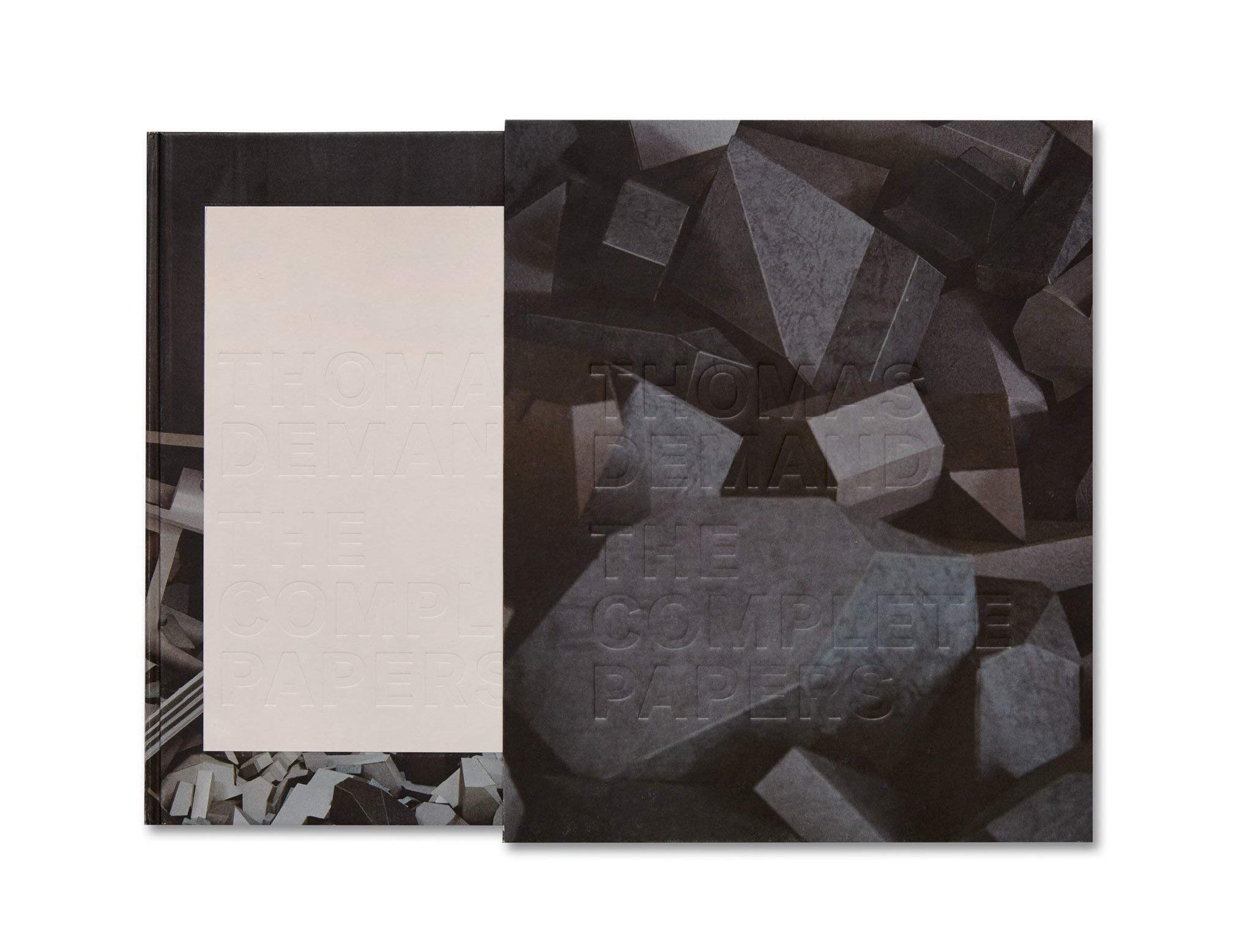
A catalogue raisonné is a massive undertaking. It is defined, by the New York Public Library, as a ‘comprehensive, annotated listing of all the known works of an artist either in a particular medium or all media’. The Catalogue Raisonné Scholars Association adds that their members ‘typically research a single artist’s body of work to establish a reliable list of authentic works, their chronology, and history (usually including provenance, bibliographic, and exhibition histories)’. Depending on the artist, the scale of their oeuvre and whether they are alive or long dead, collating the entirety of an artist’s body of work can be a painstaking process, requiring years of work and large teams of researchers.
But as a big Thomas Demand fan, I can’t imagine that working on The Complete Papers, published 2019 by MACK, could have been anything but a joy. And while I don’t want to undermine the labours of editor Christy Lange, it surely helps that Demand is alive, seemingly open to talk about his work and – due to the scale of each individual piece – only produces a handful each year.
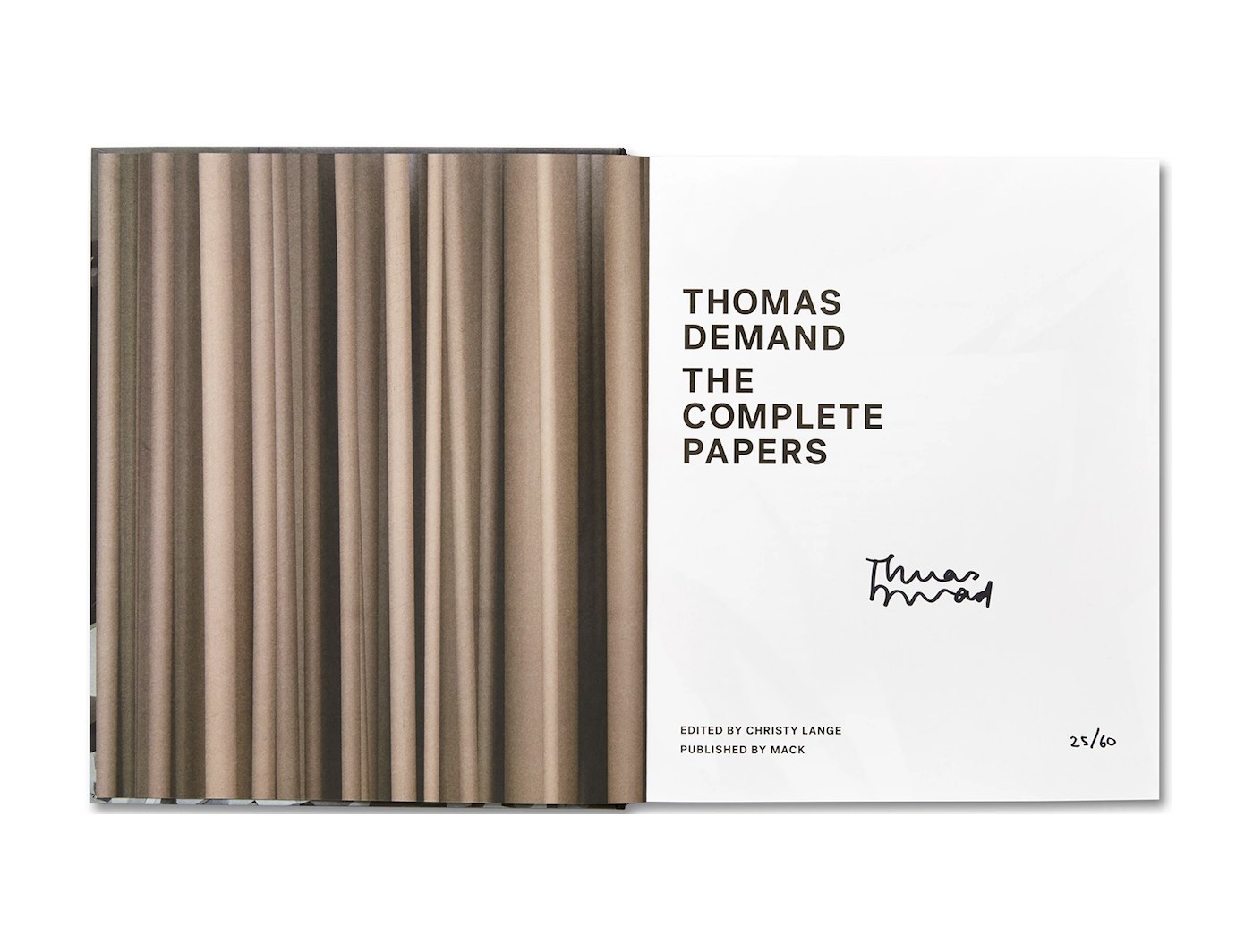
Perceived by many as a photographer, Demand is first and foremost a sculptor. He constructs elaborate mural-scale installations featuring everyday objects, natural environments and places that are loaded with social / political references. His scenes often reconstruct images from media sources (such as well-known historical pictures or widely seen photographs from the news) – they are always devoid of figures, but often display evidence of recent human activity. And all made entirely from paper and cardboard, at a life-sized 1:1 scale.
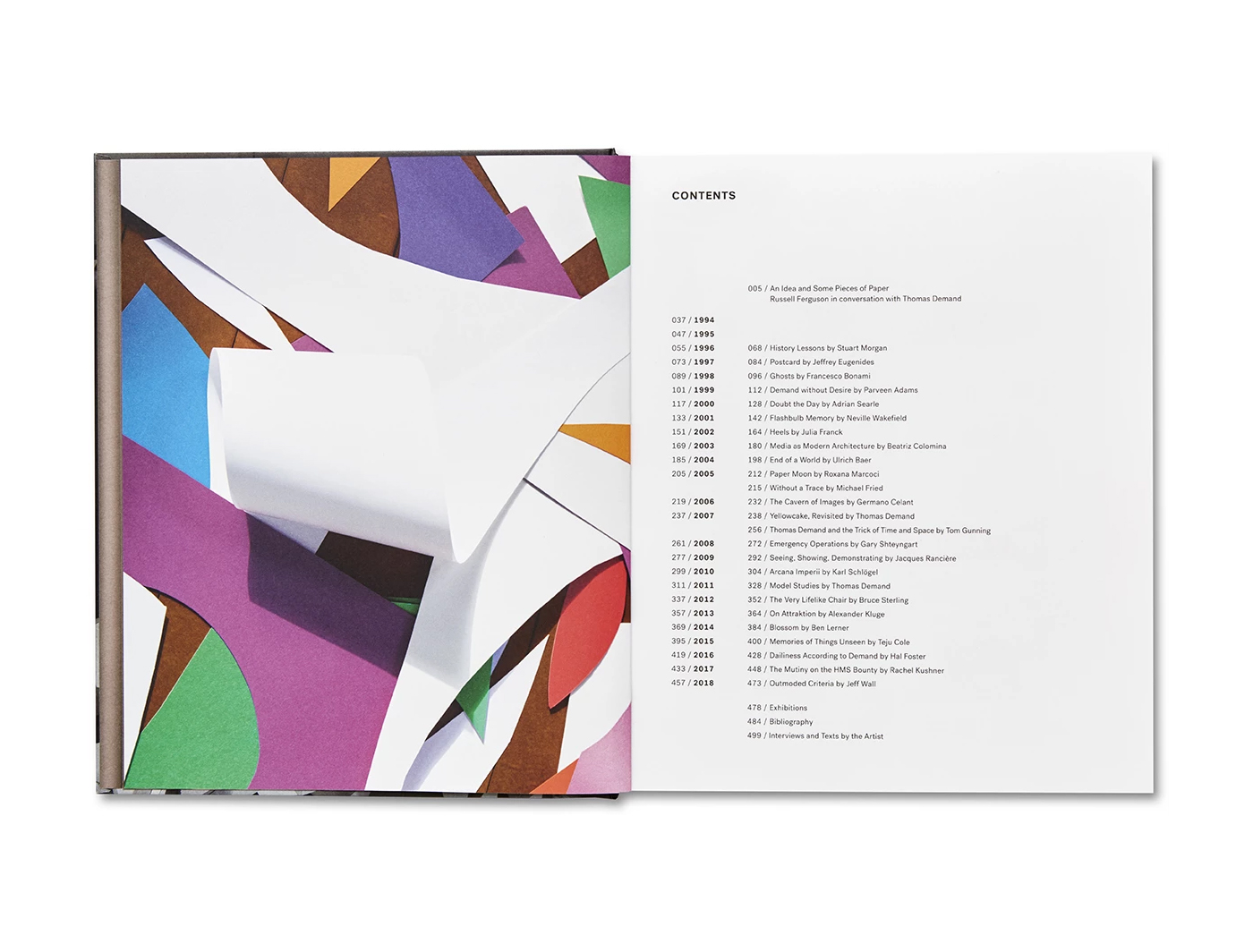
Once Demand has photographed his models, he destroys them – so that the images are all we ever get to see. While this began as a process of documentation, it soon became an integral part of the artist’s practice, creating a disquieting balance between the convincingly real and strangely artificial. In the words of art critic Michael Kimmelman: Demand’s work is ‘close to, but never perfectly, realistic so that the gap between truth and fiction [will] always subtly show’.
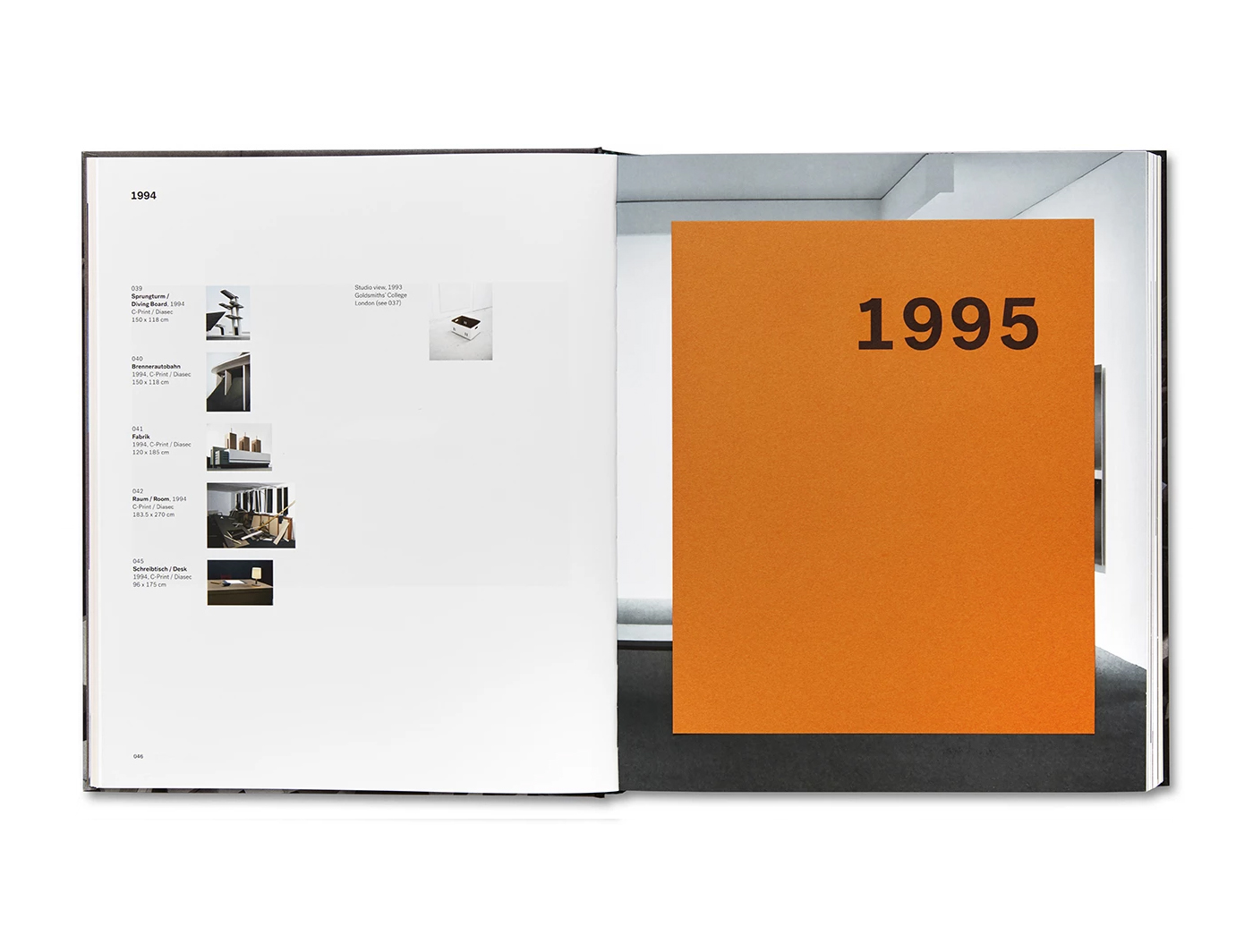
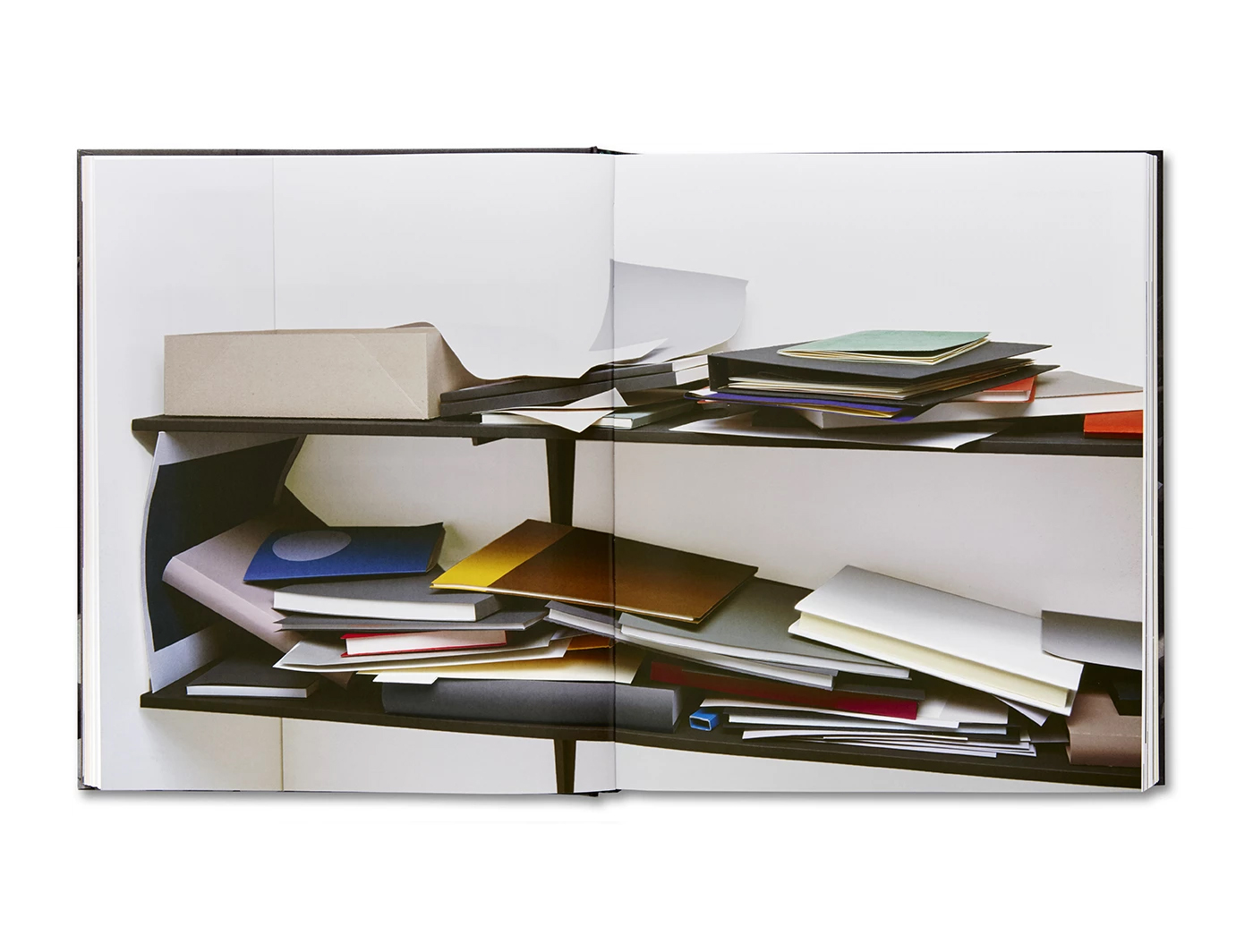
The Complete Papers traces Demand’s work from 1994 to 2018. In line with the genre – a reference tool for generations to come – it is a hardback volume, in a sturdy slipcase, printed in various dark shades of grey (a detail of Demand’s Ruine/Ruin, 2017). The title is blind debossed. Inside, coated paper is used for the chronologically-structured core content with uncoated rose-coloured paper for the 30-page introductory conversation between Demand and curator Russell Ferguson as well as the bibliography, list of exhibitions, interviews and texts by the artist at the back of the book.
Naomi Mizusaki and her studio Supermarket were behind the design. Mizusaki and Demand have worked together since 2006, debuting the creative partnership with a catalogue published by Serpentine Gallery and Schirmer/Mosel. Nine books have been created since, including The Complete Papers and The Stutter of History, published in April this year to accompany the worldwide touring retrospective of Demand’s work.
‘We have a similar design aesthetic, which made our designer-client relationship very collaborative from the get-go,’ Mizusaki told me via email. ‘As with most of his books, the design [for The Complete Papers] started with a suggested direction from Thomas […]’
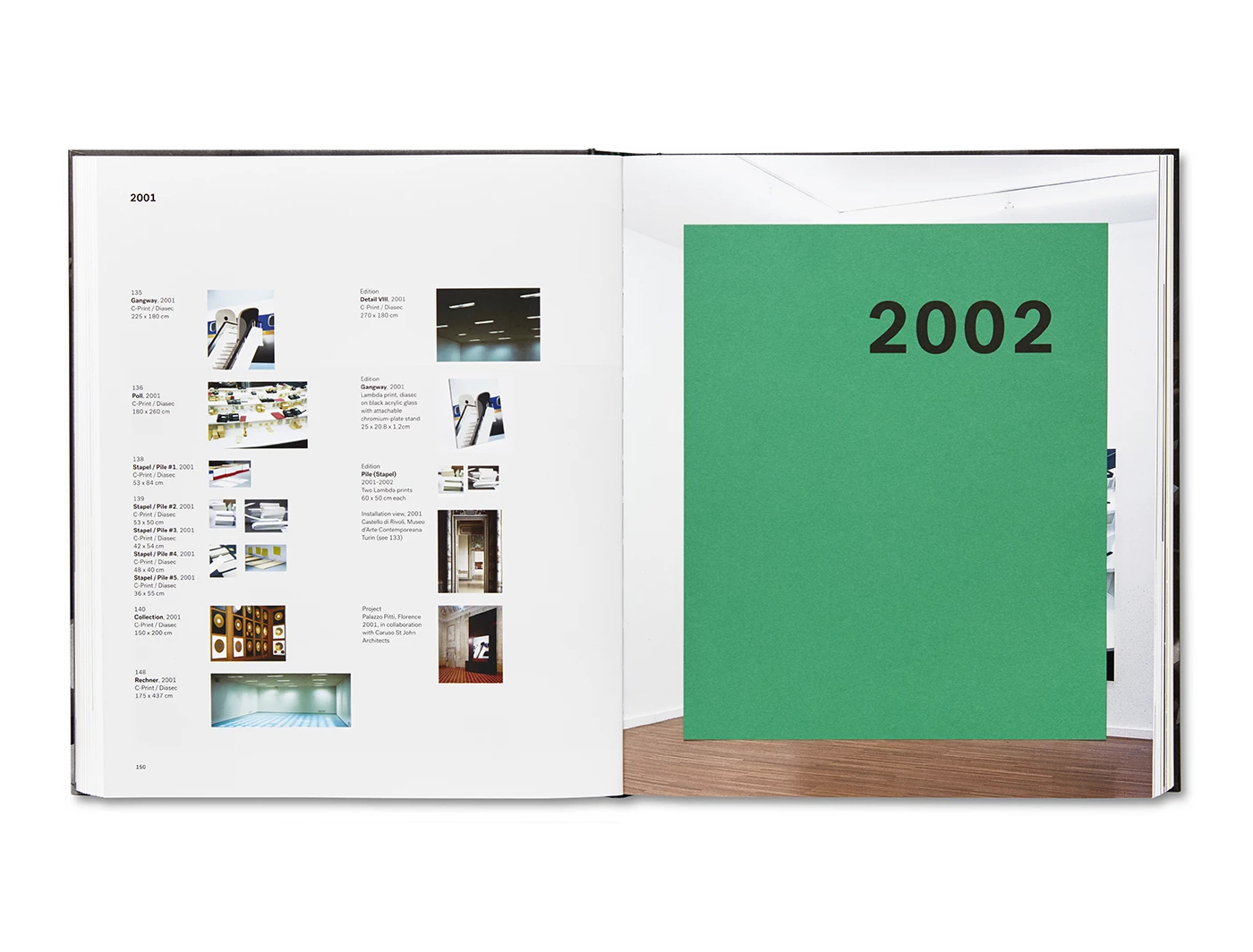
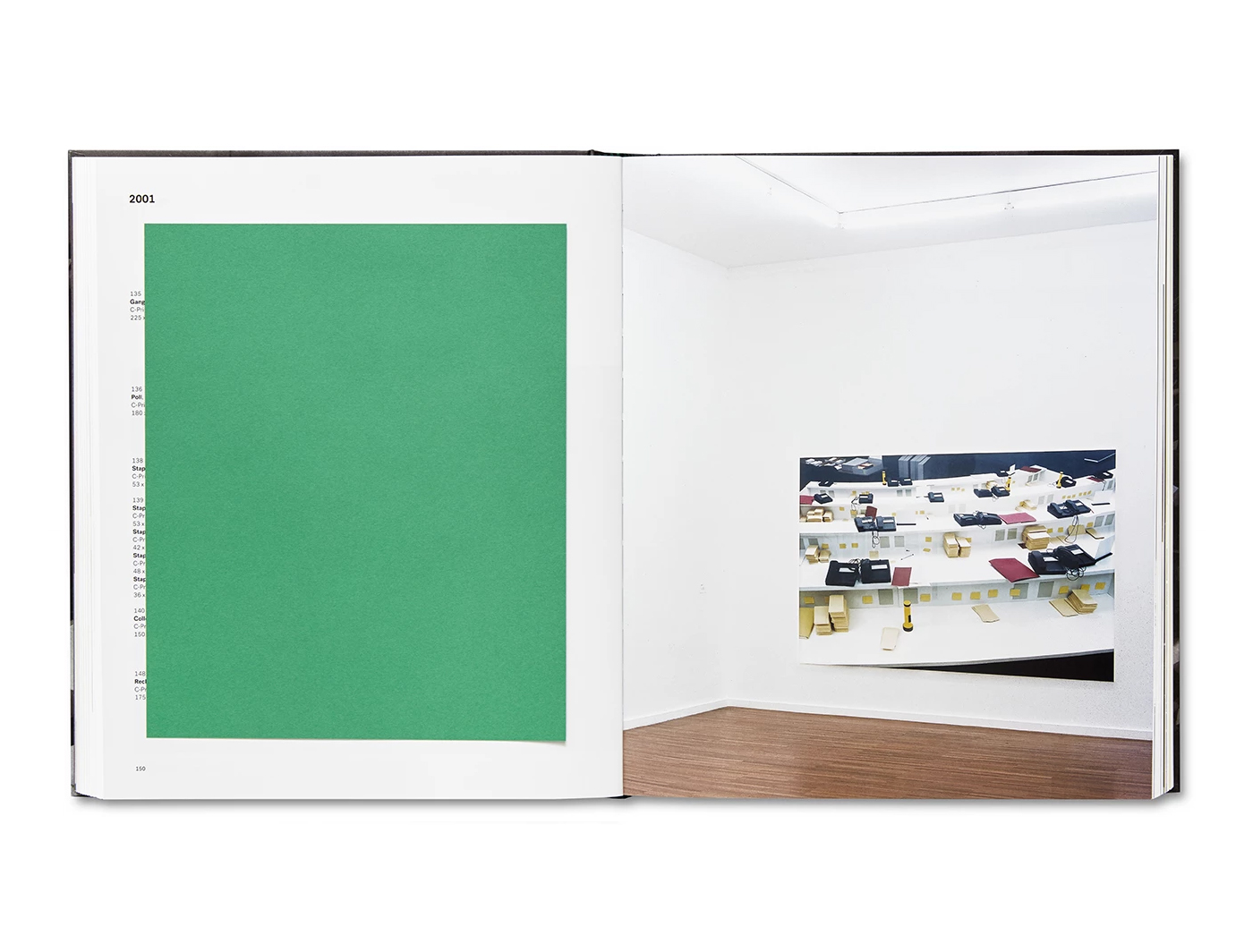
What I love about this publication is its playfulness, embodied especially in the loosely inserted 23×19cm leaves of coloured paper that introduce each chapter/year of Demand’s work, naturally – and conveniently – acting as bookmarks. Flipping through, the pages automatically fall open with each new chapter. The shape of those leaves then appears on the back of the slipcase, and on a single sheet, blind embossed and glued to the cover. Mizusaki adds: ‘I wanted to play off the title (and his work) by using different paper stock and adding the year dividers on the paper Thomas actually uses for some of his models. The dividers are loosely inserted so the reader can really interact with the paper.
Good idea! By taking them out and – if you feel inspired – starting to fold and construct, there is an involving element. I am sure Thomas Demand once started small.
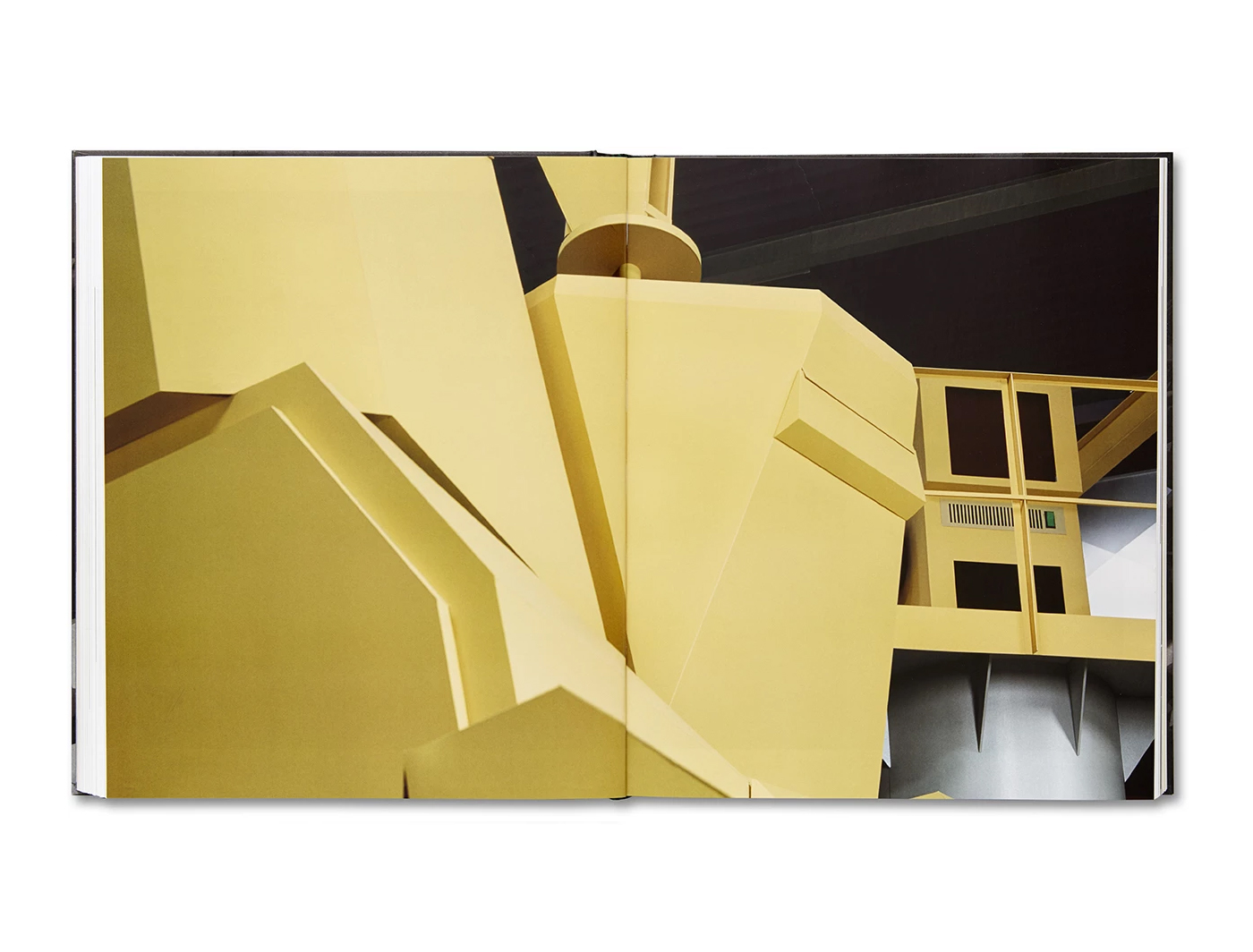
Note: In 2019, The Complete Papers won the inaugural Richard Schlagman Art Book Award for Best Book on Contemporary Art. Marthe managed the Awards at Whitechapel Gallery, but was in no way involved in the judging process.
